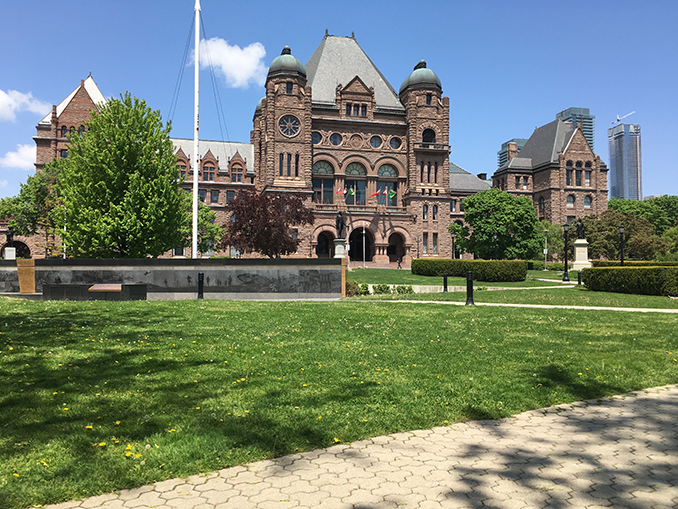The 9.7" iPad Pro Review
by Brandon Chester on June 1, 2016 9:00 AM ESTStill Image Quality
With the iPhone SE we saw Apple bring the 12MP camera from the iPhone 6s to a $399 phone. The 9.7" iPad Pro brings it to the iPad. More specifically, it's a ~1/3" 12MP sensor with a f/2.2 aperture. The A9X SoC comes with the same ISP as Apple A9, and so we should see parity between the photo quality on the iPhone 6s, the iPhone SE, and the 9.7" iPad Pro. In my iPhone SE review I said that the camera was a substantial upgrade over the one used in the iPhone 5s. In this case the gap is even larger, with Apple moving from an 8MP sensor with 1.1-micron pixels to a 12MP sensor with 1.22-micron pixels. Not only does moving to a higher resolution sensor enable UHD video recording, but the fact that the sensor is larger with more pixels will help to improve the quality of photos in good lighting, and even more so in poor lighting. Using Apple's latest SoC is also what allows for 1080p120 slow motion video and Live Photos.
| Daytime Photography |
As I said in my iPhone SE review, there's not a lot to say about this camera because we've already seen it in the market for many months now. While it's not the absolute best sensor in a smartphone, it's by far the best one in any tablet. Apple's processing gave them a lead over the competition when they were shipping 1.1-micron 8MP sensors in iPads, and with the 9.7" Pro moving to the same camera as the iPhone 6s the leap in image quality is significant. In the day you can see improved detail. It's also possible that the optics are an improvement over those used in other iPads, as you can see proper detail capture in some areas of photos where MTF limitations caused artifacting on older iPads.
| Night Photography |
As with the iPhone SE, the 9.7" iPad Pro is equivalent to the iPhone 6s when shooting in low light. In these particular shots there's a slight different in exposure but that could simply be due to me having a bit of trouble focusing on the same area with such a large device. The overall detail is equivalent between all the devices using Apple's 12MP sensor, and when you compare the 9.7" Pro to other tablets they're in completely different classes. The competition from Google is let down by worse cameras, worse ISPs, and worse processing, to the point where you basically can't use them to take a photo in low light. The best competition I've seen for the iPads was the Tab S2. Unfortunately, Samsung only loaned that to us for a short period so I no longer have it for comparisons, but given that it was equivalent to the iPad Air 2, it's safe to say that this new iPad Pro is really without competition for camera quality.












144 Comments
View All Comments
dannyzhukovets - Thursday, June 2, 2016 - link
Thank you very much for this review. iPad is a work tool for me, use is in my semi-truck.Replaced my iPad 3 (the first iPad with retina display) with this new 9.7 Pro and gut disappointed again. Paid $1030 for top version to find out that it lacks RAM and won't be a great long term investment like I desired from a product with Pro tag.
Thinking to update to iOS 11 later this year and then refuse to update to iOS 12 in 2017 and after...
Commodus - Sunday, June 5, 2016 - link
Yeah, you won't want to pour a ton of money into the iPad Pro unless you know it'll be your only mobile computer and you specifically need as much storage or connectivity as possible.Also, I think you mean iOS 10, given that we're still on iOS 9... unless you've found a way to travel a year into the future.
grayson_carr - Thursday, June 2, 2016 - link
Love the display uniformity tests! Thank you! It always makes me mad that Samsung's AMOLED displays get great marks for calibration, but no one mentions or tests their uniformity. Spoiler! They have terrible uniformity! Most S6 and S7 samples I have come across have white uniformity so bad that the unevenness can be seen with the naked eye in the form of pink or green tints across portions of the displays. It would be cool if you could retroactively test the uniformity of a couple recent Samsung phones.Brandon Chester - Thursday, June 2, 2016 - link
I forgot to mention this but it's impossible to do on a phone beyond something like a four corner test. The meter is too big relative to the display. When the next Samsung tablets roll around I will definitely be using this test, so keep your eyes open.grayson_carr - Monday, June 13, 2016 - link
Aw, dang. Makes sense. I still think a simple 4 corner test would be useful though.GC2:CS - Friday, June 3, 2016 - link
It would be deffinitelly good to make some broader tests.I actually heard that oleds have near perfect uniformity considering they lack the backlight that is bassically causing that problem. Might be kind of poor argument as I don't think that laying down oled sandwiches is perfect either... And differently aging colors can take a big tool in this metric over time for sure.
AbRASiON - Saturday, June 4, 2016 - link
WARNING:I picked up one of these 3 weeks back, I happen to use it in bed, at night, quietly. It's how I like to go to sleep.
In a silent room, you can CLEARLY hear the buzz of the LCD driving chip, just put your eat right where the volume rocker is in a very quiet environment, then scroll the screen with your hand. It's quite annoying.
My Air 2, didn't do this.
Brandon Chester - Saturday, June 4, 2016 - link
I have it on the table next to me and there's no noise. You might want to get it replaced.R. Hunt - Monday, June 6, 2016 - link
Say what you will, I'm never going back to LCD on a tablet, no matter how good. They're still crap.grayson_carr - Monday, June 13, 2016 - link
Why? Because they don't make photos look like they were taken in a neon cartoon world like AMOLED screens do?